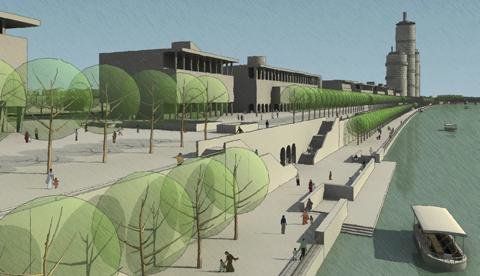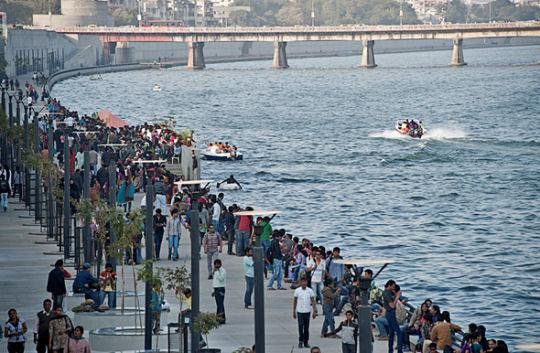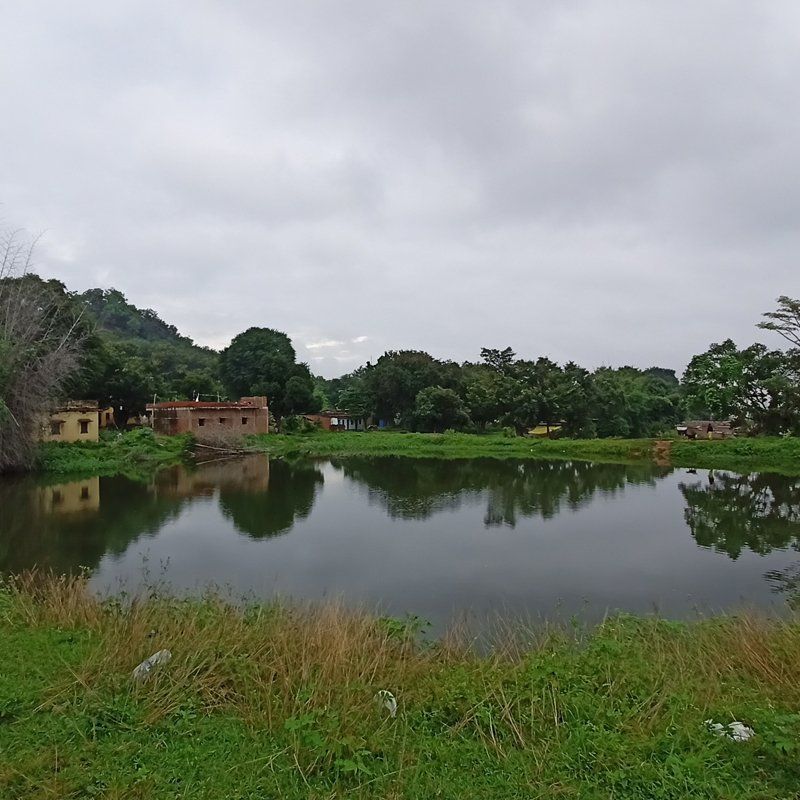From the Sabarmati’s point of view
Mohan Rao for India Water Portal • November 22, 2012
Riverfront development shouldn't be about just beauty and aesthetics. It should address issues of environment and ecology too.
Throughout history, rivers have been our emotional connect to nature, an essential ingredient of religious or cultural events. Today the same rivers are no longer viewed as an integral part of our lives but merely as a thing of beauty or as a convenient drainage system, depending on our whims and fancies. The riverfront development project along the Sabarmati, which spans a 11 km stretch through Ahmedabad, is no different.
The Sabarmati is a peninsular monsoon river, fed from the catchment area in the Aravalli hills of Rajasthan that remains dry for the most part of the year. However, during the rainy season, the surface of the river stretches from a few metres to several hundred metres in a matter of weeks. The riverfront project has been hailed as a move towards urban regeneration & environmental improvement, which will transform the river to a focal point of leisure and recreation.
That may be true, but the bottom line is that we will be replacing a shifting, dynamic living water system with a constant, unvarying, modern concrete canvas- all in the name of urban development.
To attempt to design the riverfront on a pre-existing model drawn from foreign cultures and climatic conditions is folly. Instead, what needs to be acknowledged is that a river is an invaluable resource and should not be treated as a hose pipe system, that can be conveniently ‘pinched’ to control its flow or direction. Instead of blindly following the western system of concretising, we need to better understand our own heritage, our emotional links to water, and our rich, vibrant traditions.
Scope of the project
The project will reduce the riverbed from a variable width of 600-300 m to a fixed width of 275m [1]. Rather than channelizing the river, a far more interesting option would have been to develop a pulsating, living landscape around it. Instead of concretising the entire area, an option of both hard & soft land, some bricked up and some left as an open expanse, which at times would be flooded, and occasionally dry and retained, would create an ever changing dynamic picture with the river as the focal point. The river would
be seen as a spiritual and historical entity with a life and breath of its own and not just as something to be simply 'controlled'!
Unfortunately, today we would rather invest huge amounts to build dams, piped water systems and embank riverfronts. The expected cost of this project is to the tune of Rs. 15 billion, which will be covered by the sale of parts of the riverfront (15%) to private investors, as well as by funding from the JNNURM programme [1].
Systems of the past
How easily we forget our existing local technology, our low cost & rich system of irrigation networks, our tanks, ponds and ghats, which though traditional and a complete eco system by themselves, sadly are ill maintained and fast disappearing.
What is essential is to look at the entire river system as a whole, and not ‘develop’ an isolated stretch or ‘frontage’ for any river. Designers need to recognise rivers, to understand them as a meandering, living entity, dynamic in nature, which cannot conveniently be straightened and designed on drafting boards.
Instead of an insipid copy of riverfronts in developed countries, like on the Siene & the Thames, the riverfront project would have set the bar higher had it incorporated a holistic design, integrating our magnificent traditional natural systems, our cultural appropriateness and development needs. And then the river too would have the space and the time to breathe and meander gracefully, following its eternal natural rhythm as she has been doing till date!
The article 'An Alternative Perspective: Sabarmati Riverfront Development ' has been published in LA, Journal of Landscape Architecture.
[1] Trying to be 'sustainable' & 'global': Sabarmati riverfront development project
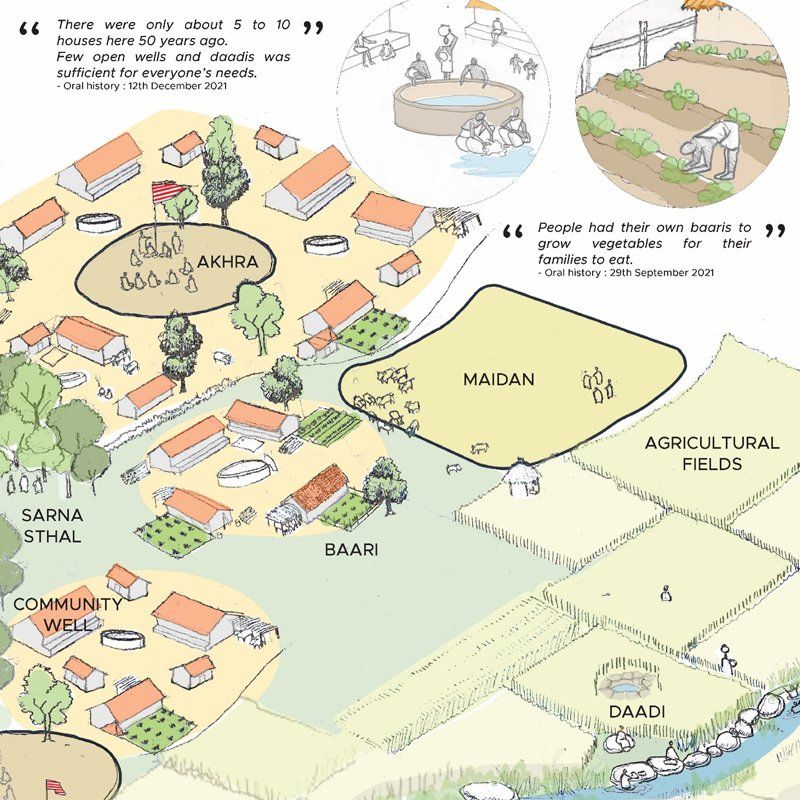
Being a member of the Adaptation Research Alliance, ARA (a global, collaborative effort to increase investment and opportunities for action research to develop/inform effective adaptation solutions) and an ARA Micro grantee, Integrated Design (INDÈ) was invited to organise a networking session at the Global Gobeshona Conference-2 (conference theme: exploring locally led adaptation and resilience for COP27). The networking session was titled ‘Situating Urban (City) Resilience within the City-Region’ and was held on 1 April 2022.
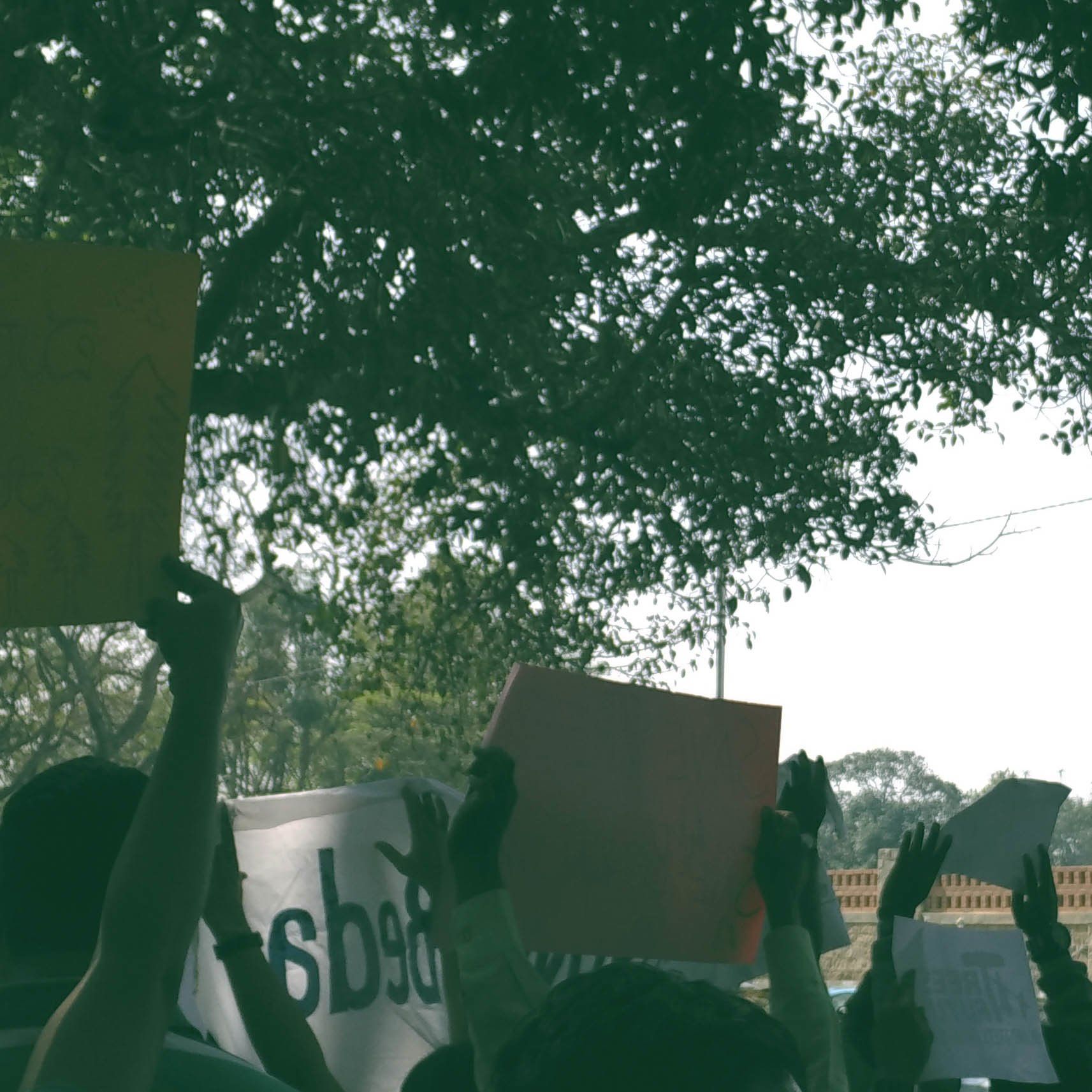
The online magazine SustainabilityNext carried an article by Benedict Paramanand titled “Has Fatigue Set into Civic Activism in Bengaluru?” The article caught my eye amidst the Covid 19 humdrum as I was looking for alternative news. I have been actively engaged in the debates around the (ill)growth and mis(management) of Bangalore for over two and half decades in my capacity as a professional planner straddling civic society, public policy circles and academia. The article revived in my mind some thoughts and suggestions that I articulate here. The attempt is not so much to answer the question, as it is to understand the shortcomings and limitations of civic activism in steering the complex politico-socio-economic and cultural layers that make up a vast conglomeration like Bengaluru. A disclaimer here merits mention. The premise that no individual stakeholder, public or private, has the knowledge and resources to tackle the wicked problems underpins successful governance arrangements. What this premise implies, by extension is that all stakeholders – public or private – have limitations. Civic Society (CS) is one amongst the numerous stakeholders that have a role – by no means a lesser one- to play. Yet, there are limitations to this role. While these limitations are embedded in the very nature of operation of the CS, there are conscious ways and means of overriding some limitations to move towards a larger impact. Bridging limitations is a critical need. Much of what I articulate while contextual to Bengaluru, perhaps holds true for civic activism across domains and geographies. To begin with, a critical question requiring reflection is the difference between civic activism and the much advocated (in (good) governance debates) Civic Society Organisation (CSO) engagement. These generally get clubbed in one category – while in theory and practice, that is not the case and therein lies the first limitation. Activism defined as direct vigorous action especially in support of or, in opposition to, one side of a controversial issue is willy-nilly an act of reaction. Reaction often leaves little space for taking distance and exploring the systemic cause of the challenge – the challenge itself sets the agenda. In contrast a proactive engagement of the civic society, through progressive partnerships while also triggered by a challenge is different in that the challenge is anticipated and therefore the agenda is set by civic society themselves. In Bengaluru, protests against the state-imposed flyover (# steelflyoverbeda ) and elevated corridors (# TenderRadduMadi ) is an example of the former. In contrast, the long-standing work on the ward committees which has seen some traction in the recent past – albeit slow and tardy – is an example of the latter. Having started as a proactive CSO engagement, the movement for neighbourhood planning and governance through ward committees (# NammaSamitiNamagaagi ) in the recent past has bordered on being reactionary, thereby hinging on activism. Although an ‘always proactive approach’ is not possible, given the capacity of our government to spring surprises, it is critical that the CS begins to move towards a proactive stance. There will always be a non-uniform interplay between being reactive and proactive. A second limitation, linked to the first, is the lack of capacity of the CS to act on relevant and practical evidence. This will require the CS to open their doors and develop progressive partnerships, including partnerships with policy makers, professionals (note that I do not use the word experts) and academia. An all-time reactionary mode of operation allows neither for collaborations nor evidence. Evidenced advocacy and conversations require domain knowledge (experienced domain knowledge is even better) which can facilitate knowledge production and mobilization. Activism hinges on passion (amongst other drivers) which is not the same as domain knowledge and knowledge mobilization. Both passion and domain knowledge have a role, yet the two can neither replace each other nor should be confused. Rather, passion that pivots on evidence and knowledge is a double-edged sword, one that has the capability to steer reactionary behavior to an informed proactive engagement. Such a move will serve to, over a period of time, course correct policies that are currently influenced by dominant political structures, electoral volatility and elite capture, as against being evidence based. A third limitation that needs consideration is the nature, purpose, goal and objective of the civic society coalition/group. Most often mobilisation is around a seemingly common purpose, goal and objective. For instance, groups that coalesced against large infrastructure projects as mentioned above or the demand for footpaths and public transit (# BusBhagyaBeku ) and sub-urban rail (# chukuBukuBeku ) are not homogeneous. It is often a mixed bag as against an imagined and perhaps desired integrated unit. Underpinning this pursuit of collective goals and objectives are individual desires, identities (which in themselves are multiple), beliefs, perspectives and previous experience, all of which are critical drivers, often leading to fragmented voices. This fragmentation notably, also derives from the inability to use evidence or domain knowledge. Elitist Activism Furthermore, activism in itself is and can be elitist. When linked to high levels of access it can be potentially hampered by what is referred to as ‘elite capture’. There are two types of activism: elite activism stemming from mobilization of charismatic individuals capable of getting their voice heard. Mass activism, in contrast, is where the general public, the haves and the have-nots, mobilize collectively. The two are not mutually exclusive, although both are critical. Barring a few occasions, Bengaluru’s activism has been elitist with a few voices that can access public policy corridors and therefore get heard. Consequently, consciously or unconsciously there is a leveraging of public policy for personal or limited gains (to a neighbourhood or a community). Activism is a luxury that not everyone can afford. Those who can afford it have a dual responsibility of using it to build bridges by roping in knowledge and experience on one hand and ensuring inclusion by creating spaces and opportunities for mass activism, on the other. The current modus operandi lacks on both counts. These shortcomings have led to what is being referred to as limited success, although limited from whose lens and success for whom is an additional enquiry, one that merits a separate post. What I do concur with is that at best the city has seen some cosmetic changes. Let me take the same two examples the article uses to demonstrate a going forward beyond cosmetic progress. First are the lakes in Bangalore that have seen a fair bit of activism. In many neighborhoods, thanks to the many charismatic residents, lakes have been claimed as better maintained natural resources. But for the initiatives of a few citizens, many lakes would have morphed into real estate projects. Yet, the same groups have done little to engage the larger neighborhoods to ensure that these natural resource ‘spaces’ become public ‘places’ for the neighborhood and the city. This would require a proactive engagement in identifying the larger neighborhood and the numerous linkages – backward and forward – that this neighborhood has had and can nurture with the lakes as public places. The second is the Tender Sure roads pioneered by Bengaluru. The implementation of Tender Sure roads is progressing incrementally moving from a pilot in the city core to radiating outwards in various directions. Putting aside the debates on the efficacy of the design as well as the appropriateness and relevance of the idea, the incremental implementation is marked by controversies on the criteria to shortlist roads such that both the visibility of and utility to the neighborhood and the city can be maximized. This too has not happened. Both these examples offer a critical insight: that the activism (and the few instances of engagement) has not translated into a thinking city. Changes are still hovering around the thinking individual. The transition to a thinking city is an emerging imperative, one that demands systemic change along various dimensions, some of which I have discussed above. To sum-up, sustained and big bang change as against cosmetic and incremental change is the need of the hour. It requires at the outset, one, more proactive engagement and less reactive activism; two, passion combined with experienced domain knowledge to trigger evidenced advocacy and change; and, three a less fragmented approach through creating meaningful spaces for mass activism along with the existing elite activism that the city has. While there may be numerous ways to act on these three, the Ward Committee space offer a ready platform for proactive action, evidence-based advocacy and wider participation. Arguably, this space is rife with political contestations and may seem a daunting challenge, yet, an engagement within this space is a surer foot forward. Clearly, there is a passion amongst Bangalore’s elite to be part of something bigger and this is a moment to be seized.


